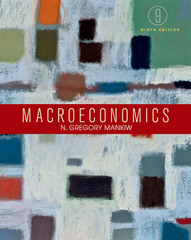Question
In an isolated village, the only crop is maize (field corn). Rain-fed smallholder agriculture depends on the weather: good harvests alternate with bad harvests. This
In an isolated village, the only crop is maize (field corn). Rain-fed smallholder agriculture depends on the weather: good harvests alternate with bad harvests. This year the harvest will be 1,000 bushels, next year it will be 150 bushels. There is no trade with the outside world. Maize can be stored, but pests will eat 25% of what is stored in a year. The villagers have the Cobb-Douglas utility function u(c1, c2) = c1c2, where c1 is consumption this year and c2 is consumption next year. a. Assuming the price of bushel of maize is $1 in both periods, write down the villagers' utility maxi- mization problem. Note, this is a typical intertemporal choice problem with one exception. Instead of "earning interest" on maize, the villagers have to worry about pests: to calculate the present value of maize in the second period, you'll want to subtract the depreciation rate (rather than add the interest rate). b. Write down the optimality condition. c. Solve for the optimal choice of c 1 and c 2. d. How many bushels of maize will the pests destroy this year? 5
Step by Step Solution
There are 3 Steps involved in it
Step: 1

Get Instant Access to Expert-Tailored Solutions
See step-by-step solutions with expert insights and AI powered tools for academic success
Step: 2

Step: 3

Ace Your Homework with AI
Get the answers you need in no time with our AI-driven, step-by-step assistance
Get Started


